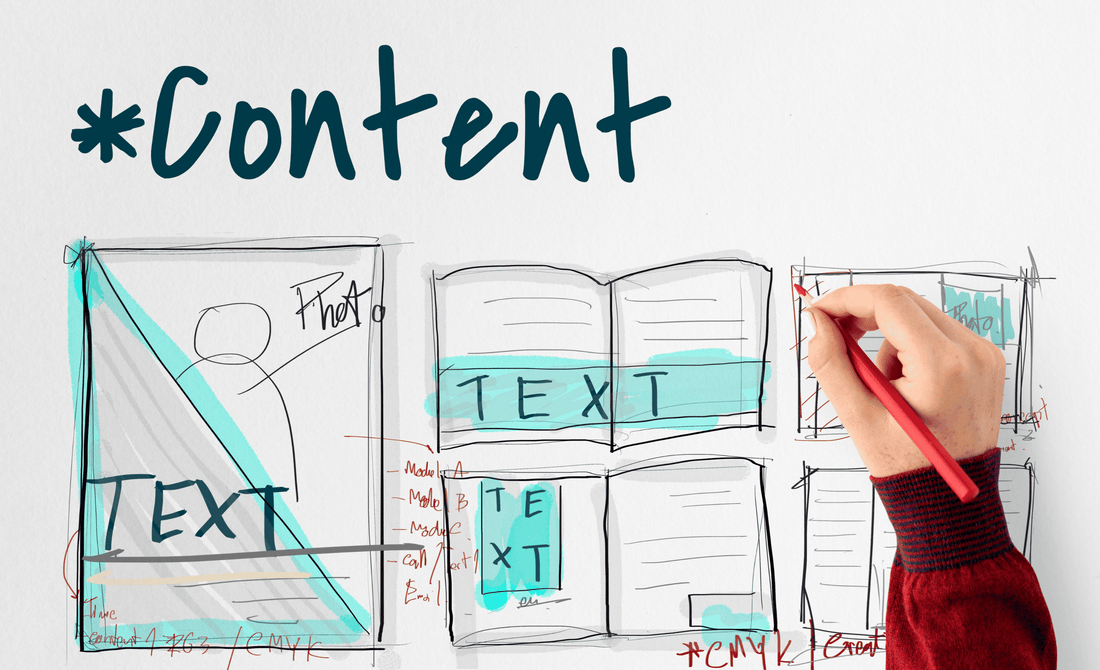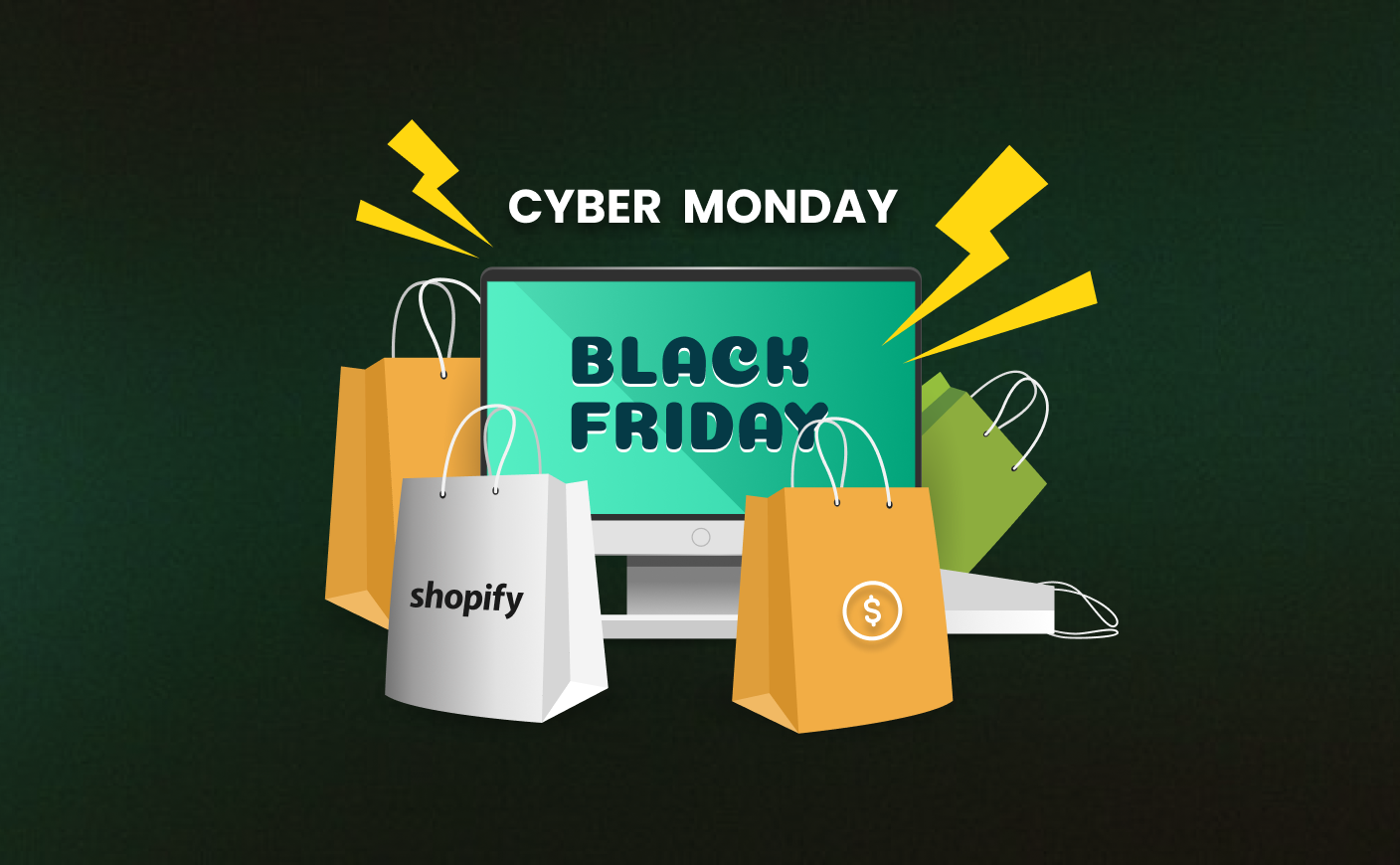The Ultimate Content Strategy Blueprint for 2025
content strategy
content strategy blueprint

By now, we all have understood the power of a good content - it basically has the ability to make or break your business. A good content strategy will help to build trust, credibility, and authority of your brand.
But here’s the catch – a good content strategy doesn’t happen by chance. It requires a well-thought-out process to align with your goals, audience, and brand vision. Without a proper structure, your content can easily get lost in the noise or fail to drive the impact you're hoping for.
A Basic Understanding of Content Strategy
A content strategy is a method that outlines how your content will effectively engage your target audience throughout the marketing journey and connect with your business goals.
It goes beyond simply writing and posting articles .
In essence, a content creation strategy is the roadmap for producing, distributing, managing, and evaluating content to attract and nurture potential customers at each stage of the marketing funnel.
For a content strategy to be successful, there are a few key components that need to be carefully planned and executed.
Setting Clear Goals and Objectives
The foundation of any content strategy begins with clearly defining your goals. What do you aim to achieve with your content - drive more traffic, build brand awareness, converting leads or all of the above
Choosing the Right Content Formats
To appeal to a diverse audience, you need to decide on the types of content that will work best. Whether it’s blogs, videos, infographics, podcasts, or social media posts, each format has its strengths.
Audience and Keyword Research
Understanding your audience is crucial. Through research, you can identify their pain points, preferences, and behaviors.
Selecting the Right Distribution Platforms
Your content is only relevant if it’s seen by the right audience. This requires choosing the best platforms to share your content.
An Effective Content Strategy Blueprint for 2025
Just like a compass provides direction, a well-defined content strategy ensures that every piece of content you create is purposeful, targeted, and aligned with your overall business goals.
Let’s see how you can build a good one for your brand.
#1 Be Clear About Your Goals
A good content strategy is not produced just for likes and comments. They are made for a greater purpose - to increase traffic, boost sales, attract past customers - the reasons could be several or even all of them.
When developing a content creation strategy, it's essential to understand that not all content will serve the same purpose at different stages of the sales funnel.
White papers and case studies, for example, are ideal for establishing credibility and involving users at the bottom of the funnel, but they may not be as successful at bringing in prospects at the very beginning. On the other hand, short, SEO-optimized blog posts can be quite effective in building brand recognition and driving organic traffic at the top of the funnel, which will encourage consumers to interact with your content more deeply.
Defining your objectives is one of the first stages in creating a content strategy. A clear objective allows you to align your content with your desired outcome and ensures your efforts are focused.
Let’s take a new example:
Let's say you manage a fitness subscription service aiming to increase trial sign-ups. You can create material especially for your email marketing campaigns and social media channels that offers prospective clients a complimentary seven-day trial.
This can be turned into a SMART goal:
Specific: Create a targeted Facebook ad campaign and send out a series of three personalized email invitations for the free trial.
Measurable: Track the number of clicks on the free trial offer and the number of sign-ups that result from both the ads and emails.
Achievable: Focus your Facebook ads on people who have shown interest in fitness or related content, and create email subject lines that catch attention, like “Your First Week on Us – Start Your Fitness Journey Today!”
Relevant: Ensure the content appeals directly to people who are likely to convert into paying customers. For example, showcasing testimonials or success stories in both the ads and emails.
Time-bound: Run the Facebook ads for one week and send out a series of emails over two weeks, with specific milestones to track—such as targeting a 10% increase in sign-ups by the end of the campaign.
Setting specific, attainable goals makes it easy to adjust your approach as you go along and guarantees that your content creation strategies are intentional and generate measurable outcomes.
#2 Research About Your Target Audience
Doing research on your target audience is similar to laying the groundwork for a successful collaboration. You must have a thorough understanding of your target audience before you can begin to create content. This involves digging deep into their needs, behaviors, challenges, and desires.
One effective way to do this is by developing a buyer persona—a semi-fictional character that represents your ideal customer. Think of it as your audience's 'avatar,' shaped by real data, surveys, and insights.
For instance, let's say you sell skincare items that are environmentally friendly. Your buyer persona might be "Eco Emma," a 28-year-old conscious consumer who values sustainability, loves natural ingredients, and follows green beauty influencers.
You can customize your content by concentrating on Emma's tastes, whether it's blog posts about environmentally friendly skincare regimens or Instagram advertisements that highlight recyclable packaging. With this tailored strategy, you can be sure that you're reaching the correct people with a message that resonates rather than just putting material out there.
Start by leveraging data from Google Analytics and social media channels to gain insights into your audience's demographics, interests, and buying patterns. Industry reports can also provide valuable context for refining your strategy.
#3 Competitor Analysis
One effective method to get your content development strategy off the ground is to conduct competitor analysis. Begin by identifying who your rivals are and examining their content on different channels, including blogs, videos, and social media. Take note of the subjects they cover, the formats they use, and how often they publish.
To find out more about what appeals to their audience, examine the content that receives the most likes, shares, and comments. Furthermore, look for any gaps in their content where you can add something original. Also, don't ignore their voice and tone, as these can affect how they engage their audience.
Tools like Ubersuggest can help you analyze their keywords and content strategies, allowing you to refine your approach and target similar topics or keywords.
#4 Run An Audit of Your Content
A content audit is crucial for optimizing your existing assets and identifying areas for improvement. By reviewing your material, you can find new ways to update old posts, fill in content gaps, and reuse important resources. For example, a webinar tape can be turned into a blog or social media post, or an old blog article could be updated with the most recent statistics.
During the audit,
- Evaluate content performance—identify what’s generating traffic and engagement, and pinpoint what needs updating or removal.
- Check for SEO opportunities by refining old posts with new keyword targets.
- Also, ensure content is aligned with user intent and relevant to your audience.
- Use a spreadsheet to inventory content by format, theme, target audience, and stage in the buyer’s journey.
Analyzing this data will guide your content strategy moving forward.
#5 Brainstorming Topics That Resonates With Your Audience
After gathering information from your competitor and audience research, it's time to come up with ideas for topics that would genuinely interest your target market. Start by thinking about the requirements and preferences of your ideal customers, which you have determined by using your customer persona.
For instance, if your target audience is environmentally conscious, provide content that promotes eco-friendly products or sustainable activities.
Next, examine your audit and the methods of your competitors to determine any content gaps. This will assist you in finding subjects that are important to your audience but that your rivals might have missed.
To further strengthen your approach, align your topic ideas with your SEO strategy, ensuring the inclusion of relevant keywords you’ve discovered during your research.
This combination of audience understanding, competitive analysis, and SEO targeting will allow you to create content that not only engages but also brings in conversions.
Also read: How to climb Google’ search results fast for Shopify SEO.
#6 Build And Amplify Your Content Strategy
The true challenge is not just creating a strong content strategy, but also making sure it stays on track and reaches the correct audience.
A well-structured content calendar helps content planning, brainstorming, and scheduling while guaranteeing consistency and compatibility with your company's objectives.
You could, for instance, schedule material around upcoming holidays, seasonal patterns, or business occasions that appeal to your audience, such as holding a summer sale or releasing a guide on New Year's resolutions.
Once your content is planned, the next step is amplification. Posting on social media, collaborating with influencers, and sharing content in relevant online communities can significantly extend your reach.
For instance, you could share blog posts on LinkedIn groups or host a webinar to dive deeper into your industry insights. Additionally, reformatting content into videos, infographics, or interactive quizzes allows you to engage your audience in new, exciting ways.
#7 Measure Your Results
To truly understand the effectiveness of your content marketing, measuring results is crucial. This helps you determine what’s resonating with your audience and where to adjust your strategy for better outcomes.
By analyzing key metrics, you gain valuable insights that drive future content decisions.
Consumption Rate:
These metrics highlight what works and what doesn't by illustrating how your audience engages with your content. A few key consumption measures are bounce rate (the percentage of visitors who leave after a short visit), engagement time (the amount of time users spend interacting with your content), and page views (the frequency of page visits).
Additionally, tracking downloads and shares helps to understand how valuable your content is to your audience.
Social Shares:
Social media shares are an excellent way to determine how well your content is being received. By monitoring how often your posts are shared across platforms, you can see which types of content spark interest.
Tools like Google Analytics and social media management platforms like Hootsuite provide data on your social media traffic, allowing you to track session duration, conversion rates, and shares across different channels.
Lead Generation:
Lead generation is a strong indicator of content success. Actions like clicking links, downloading guides, or subscribing to newsletters show that your content is engaging potential customers.
Sales:
Ultimately, content should lead to conversions and sales. Setting up event tracking for specific actions that typically drive revenue—like downloading a white paper or completing a contact form—allows you to measure your content’s impact on sales. Google Analytics helps you monitor these events and provides a clearer picture of your content’s contribution to revenue growth.
Frequently Asked Questions
Is content strategy important?
Yes, content strategy is crucial as it ensures your content aligns with business goals, engages the target audience, and drives measurable results. It helps in creating consistent, relevant content that builds brand awareness and increases conversions.
What is the meaning of content strategy framework?
A content strategy framework is a structured approach that outlines how to create, manage, and distribute content effectively. It aligns content creation with business goals, audience needs, and SEO targets, ensuring consistency and maximizing engagement across platforms.
What is generally involved in content strategy?
Content strategy generally involves defining goals, understanding the target audience, conducting research, selecting content types, planning distribution, creating and optimizing content, and measuring results to ensure alignment with business objectives and audience engagement.
CrawlApps
At CrawlApps, we don’t just build Shopify stores—we create experiences that sell. We’re a bunch of problem-solvers who love turning ideas into stores that actually converts. Whether it’s fixing what’s broken or building something from scratch, we make sure every detail works in your favor. No fluff, no jargon—just real solutions that help your business grow. If you’re serious about Shopify, you’ll feel right at home with us.















